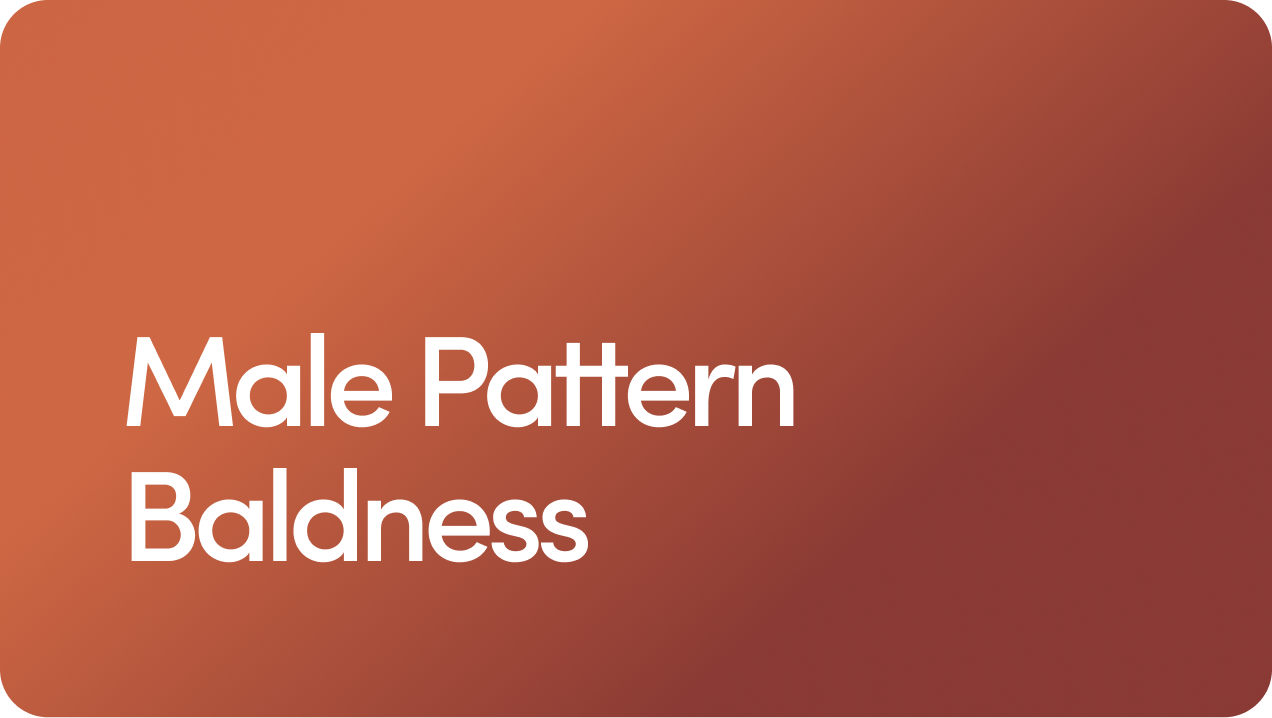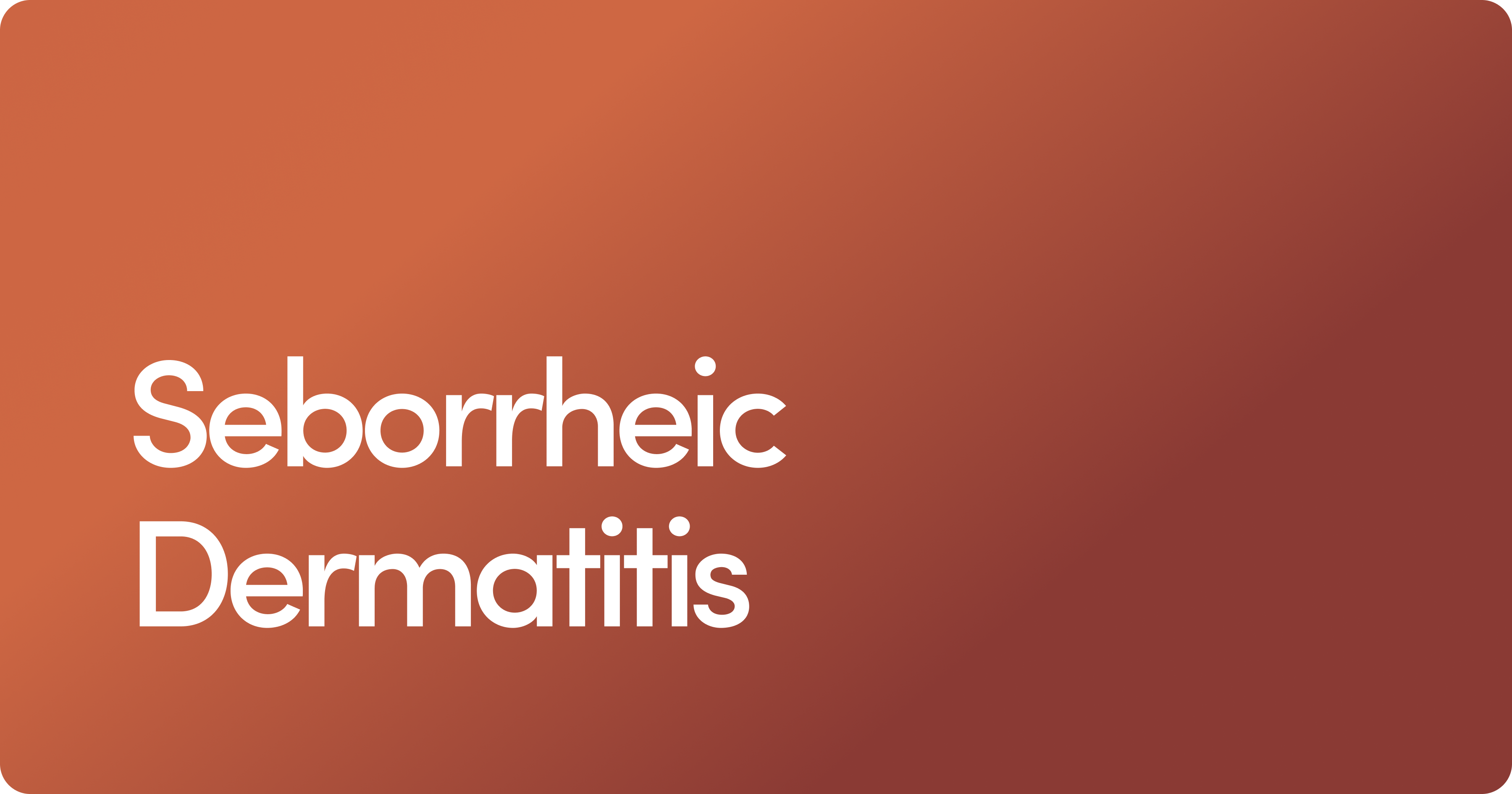Content
Doctor-trusted hair loss treatments
Does Aftershave Protect Your Skin?

Reviewed by Mary Lucas, MSCIS, MPhil, RN
Written by Geoffrey Whittaker
Published 01/29/2022
Updated 01/30/2022
Ah, aftershave! The supposed cause of — and solution to — the aches and pains associated with shaving.
Aftershave has a goofy history in the equally goofy world of men’s skin care. Somehow, despite a long history of men pretending to be above the idea of taking care of their skin, there’s a place in the world for fancy scented liquids and lotions.
But what is that place? Does after shave benefit normal skin or oily skin? Should you worry about its alcohol content, or whether it has aloe vera? Does it clear skin of bacteria or dead skin cells? Does it affect skin pores or just the outer layer of skin?
Whether you’re using a straight or safety razor, aftershave likely doesn’t mean what you think it means, and even this nebulous category of men’s skin care products has a lot of snake oil among its ranks.
But aftershave can do a lot of things for your face if you get the right one. Let’s talk about what that means.
Content
What Aftershave Does For Your Skin
Aftershave lotion, aftershave balm and similar products are intended for soothing skin, specifically skin irritation from shaving.
No, we don’t mean the irritating task as in, how irritating it is to have to shave.
Dragging a razor blade (electric or otherwise) across your face can lead to a variety of skin issues, and they need to be addressed.
Sensitive skin or not, shaving incorrectly or treating your skin type without the care it needs can cause a variety of issues, from razor bumps and razor burn to ingrown hairs and, yes, some bleeding if you’re not handling your blade correctly.
The place of aftershave in your shaving process may be self-evident from the name, but what it can actually do is a little less evident.
Some people might assume, for instance, that the purpose of aftershave is to dry skin or seal wounds and fresh cuts.
And while this may happen as a result of using aftershave, its true purpose is to reduce irritation risk.
The Types of Aftershave
Okay, we get it — aftershave is about protecting your skin. But how exactly does it do this?
Forget the branding language and the natural ingredients. The answer to the question depends on who you ask.
For instance, some sources would say that one of the most important elements of aftershave is its ability to hydrate and moisturize.
In these cases, experts state that products with glycerin and emollients can boost the barrier function of your skin and keep your moisture from essentially evaporating off after a close shave.
Men will hear conflicting information about whether astringents like witch hazel and alcohol are good for your skin.
While alcohol does have some antiseptic properties (which can be helpful in sterilizing a cut), it’s really not considered as effective as soap and water for that purpose.
In fact, alcohol and other astringents can actually increase your risk of irritation and inflammation.
One constant option in the professional shave world is witch hazel, which, despite its name, has been scientifically shown to offer benefits in reducing inflammation and irritated skin.
The American Academy of Dermatology even suggests taking it to another level. Along with a moisturizer, they advise using a product with an SPF protection of at least 30, to further protect your face throughout the day.
Whether you’re susceptible to razor burn and other irritations or not, there’s no reason not to add a little sun protection to your skin care routine — especially if you have fair skin.
Should You Use Aftershave?
Aside from alcohol, you haven’t heard us say much in the way of negative information about aftershave products.
So, does that mean everyone should be using them? Not exactly.
Part of the reason we’re tight on information is that there haven’t been a lot of independent, peer-reviewed studies exploring aftershave products and whether they actually deliver any benefits.
The scientific community maybe hasn’t gotten that far down their to-do list.
With the lack of science-backed knowledge, we can hardly recommend that everyone load up their medicine cabinet with products claiming aftershave benefits, let alone tell you that you definitely benefit from them.
However, there’s a bit of personal choice to be considered here.
If you’re always feeling the scourge of redness and irritation after a shave, trying out some new and different products to soothe the skin you just dragged a sharp blade over sounds fairly logical.
More importantly, there are things you should start considering in your shaving process, like whether you’re shaving correctly, using a clean towel, a fresh clean razor, using too many blades, preparing your skin adequately and storing your razor the right way between sessions.
The AAD says that any one of these things can lead to skin problems.
The big picture is about how you look, and while mitigating razor burn may be a priority for you, you may simply not want to add an aftershave to your routine. If that’s the case, congratulations — here are some other things you might want to consider.
The first is a sunscreen or SPF product, which will help protect your skin from those daily irritations and UV rays. Over time, these can age you like a tomato in direct sunlight, without the delicious flavor.
Getting enough of crucial nutrients like water, vitamins and collagen can also help your skin ward off the damage from pollutants, smoke and other free radicals that might be giving you a gaunt look (even without razor bumps).
Many of these protections will also help you ward off acne — teenage, adult or otherwise.
More than anything, proper skin care is about prevention and reaction. You want to prevent your face from getting to the condition where risk increases for wrinkles and pimples, while also responding when those things happen.
Beyond Aftershave: Is it Time to Get Help With Your Skin?
If you’re struggling to keep everything contained, it may be time to contact a healthcare provider before you leave your fate up to aftershave. As it sits, there’s not much research to back up its efficacy.
Instead, a healthcare professional will be able to address your individual skin issues, whether they be bumps from shaving, bumps from acne or crevices from deepening wrinkles.
Addressing skin care for men with a healthcare provider is a good way to pair your needs to recommended products that go beyond cosmetic sales copy and can actually address what makes you self-conscious.
9 Sources
- Schrom, K. P., Ahsanuddin, S., Baechtold, M., Tripathi, R., Ramser, A., & Baron, E. (2019). Acne Severity and Sleep Quality in Adults. Clocks & sleep, 1(4), 510–516. https://pubmed.ncbi.nlm.nih.gov/33089183/.
- Chen, Y., & Lyga, J. (2014). Brain-skin connection: stress, inflammation and skin aging. Inflammation & allergy drug targets, 13(3), 177–190. https://doi.org/10.2174/1871528113666140522104422. Retrieved from https://www.ncbi.nlm.nih.gov/pmc/articles/PMC4082169/
- Tips for men: How to shave. (n.d.). Retrieved January 5, 2022, from https://www.aad.org/news/tips-for-men-how-to-shave.
- Skin experts. (n.d.). Retrieved February 26, 2021, from https://www.asds.net/skin-experts/skin-conditions/frown-lines-and-furrowed-brow#:~:text=Frown%20lines%20are%20the%20result,the%20eyebrows%20into%20a%20fold.&text=Years%20of%20squinting%20and%20frowning,the%20corners%20of%20the%20eyes.
- Draelos Z. D. (2012). Male skin and ingredients relevant to male skin care. The British journal of dermatology, 166 Suppl 1, 13–16. https://pubmed.ncbi.nlm.nih.gov/22385030/.
- Razor bump remedies for men of color. American Academy of Dermatology. (n.d.). Retrieved January 5, 2022, from https://www.aad.org/public/everyday-care/skin-care-basics/hair/razor-bump-remedies.
- Thring, T. S., Hili, P., & Naughton, D. P. (2011). Antioxidant and potential anti-inflammatory activity of extracts and formulations of white tea, rose, and witch hazel on primary human dermal fibroblast cells. Journal of inflammation (London, England), 8(1), 27. https://www.ncbi.nlm.nih.gov/pmc/articles/PMC3214789/.
- Team, F. H. (2020, August 18). Handling injuries: From small cuts to serious wounds. Cleveland Clinic. Retrieved January 20, 2022, from https://health.clevelandclinic.org/handling-injuries-from-small-cuts-to-serious-wounds/.
- 6 rosacea skin care tips dermatologists give their patients. American Academy of Dermatology. (n.d.). Retrieved January 20, 2022, from https://www.aad.org/public/diseases/rosacea/triggers/tips.
Editorial Standards
Hims & Hers has strict sourcing guidelines to ensure our content is accurate and current. We rely on peer-reviewed studies, academic research institutions, and medical associations. We strive to use primary sources and refrain from using tertiary references. See a mistake? Let us know at [email protected]!
This article is for informational purposes only and does not constitute medical advice. The information contained herein is not a substitute for and should never be relied upon for professional medical advice. Always talk to your doctor about the risks and benefits of any treatment. Learn more about our editorial standards here.
Mary Lucas, MSCIS, MPhil, RN
Mary is an accomplished emergency and trauma RN with more than 10 years of healthcare experience.
As a data scientist with a Masters degree in Health Informatics and Data Analytics from Boston University, Mary uses healthcare data to inform individual and public health efforts.
Related Articles
Related Conditions
 Hair Loss
Hair Loss
 Male Pattern Baldness
Male Pattern Baldness
 Dandruff
Dandruff
 Scarring Alopecia
Scarring Alopecia
 Seborrheic Dermatitis
Seborrheic Dermatitis
